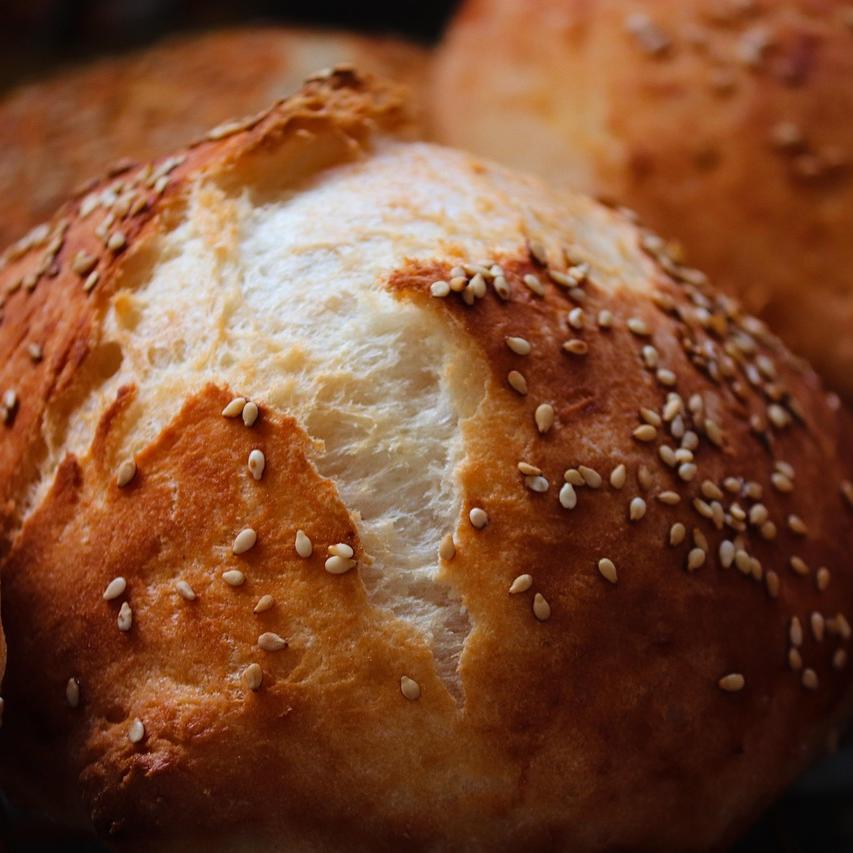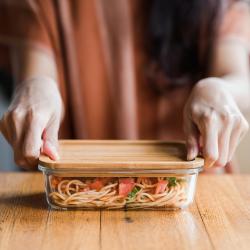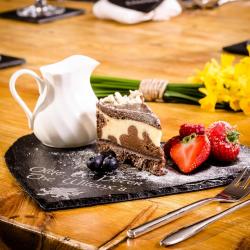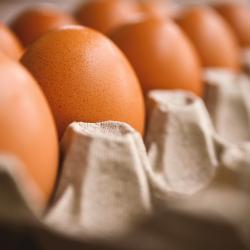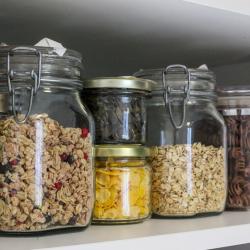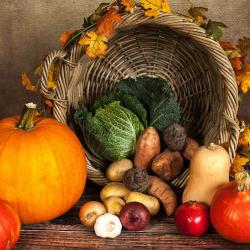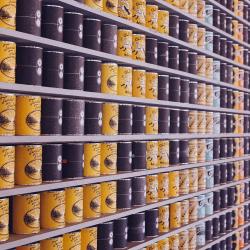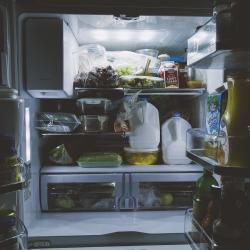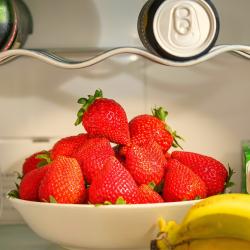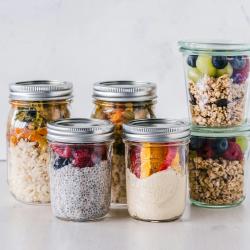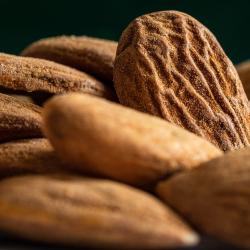The Do's and Don'ts of Storing Baked Goods
When it comes to savoring the delightful flavors of freshly baked goods, proper storage is crucial. Ensuring your breads, cookies, cakes, and other treats remain as fresh as possible can be an art in itself. Here are some essential do's and don'ts to guide you in preserving the taste and texture of your baked delights.
Do's of Storing Baked Goods
1. Evaluate the Type of Baked Good
Understanding the nature of each baked item helps determine the best storage method. For instance, soft cookies and breads often benefit from airtight containers, while crusty breads last longer with breathable wrapping.
2. Use Airtight Containers
For items like cookies, muffins, and cakes with frosting, airtight containers are excellent for maintaining moisture and texture. This prevents them from going stale or absorbing unwanted odors from the surroundings.
3. Utilize the Freezer
The freezer can be your best friend for long-term storage. Bread, cakes (unfrosted), and cookies can be frozen and later defrosted to taste nearly as good as fresh. Ensure items are wrapped tightly in plastic wrap or aluminum foil, and placed in zip-top freezer bags to prevent freezer burn.
4. Consider the Humidity
Humidity can significantly impact the freshness of baked goods. Store them in a cool, dry place to avoid mold and sogginess, especially in humid climates.
5. Store Frosted Cakes Properly
If your cake is frosted, it's key to chill it until the frosting sets (about 10-15 minutes) before covering it. Once set, cover it with plastic wrap or store it in a cake carrier in the fridge.
Don'ts of Storing Baked Goods
1. Don’t Refrigerate Bread
While it may seem counterintuitive, refrigerating bread can cause it to go stale faster due to moisture loss. Instead, store it at room temperature in a bread box or freeze it for long-term storage.
2. Avoid Overcrowding Containers
When storing multiple items in one container, overcrowding can lead to loss of texture and structure, such as squished cookies or smudged frosting.
3. Don’t Leave Baked Goods Exposed
Leaving baked goods uncovered leads to dryness and staling. Always wrap or cover them appropriately, especially when storing at room temperature.
4. Skip Non-Food Grade Storage
Using containers not intended for food can transfer chemicals or odors to your baked goods. Opt for food-grade, BPA-free plastic or glass containers.
5. Avoid Heat and Sunlight
Heat and direct sunlight can degrade the quality of baked goods, causing them to dry out or fostering an environment for bacteria growth. Keep them in a cool, shaded area.
Conclusion
Storing baked goods properly ensures that each slice or bite remains as enjoyable as the moment they came out of the oven. By following these do's and don'ts, you can extend the shelf life and preserve the flavors and textures of your baked creations. Whether you're a professional baker or an at-home enthusiast, understanding storage techniques is essential for maintaining the integrity of your treats. Enjoy your baking and even more, enjoy the fruits of your labor longer!
